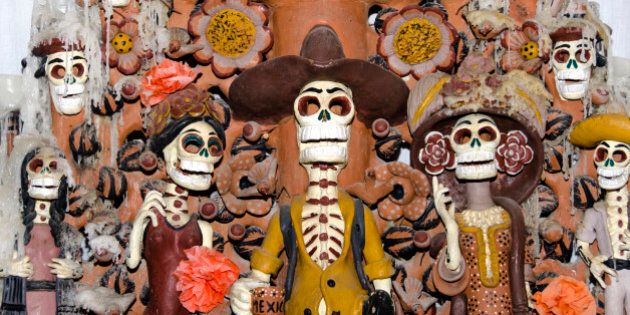
Painted faces, decorated skulls and vivid flowers can mean only one thing -- Día de Muertos is fast approaching. Dating back nearly 3,000 years, the annual holiday is celebrated throughout Mexico to honour those who have passed away.
Recently, the ancient tradition has gained immense popularity and not surprisingly the country's capital has seen a significant increase in tourism with Mexico City, Cancun and Playa del Carmen being some of the top Mexican destinations booked by Canadians this month. And, with thousands expected to descend for the Day of the Dead festivities, what better time to explore the country's unique cultural heritage, culinary prowess and fascinating ancient history?
To help uncover some of Mexico's best destinations, we went through our verified reviews and found the top cities for cuisine, culture and history.
Foodie Exploration

Seafood features prominently in Tepic dishes; you'll see a variety of succulent species from shark and sea bass to shrimp and oysters. And lots and lots of grilling.

The capital city of the Mexican state of Baja California has an unusual hybrid cuisine. Its huge Chinese diaspora has influenced culinary traditions so much so that you'll get fresh Mexican grilled fish and meat dipped in moreish Asian sauces.
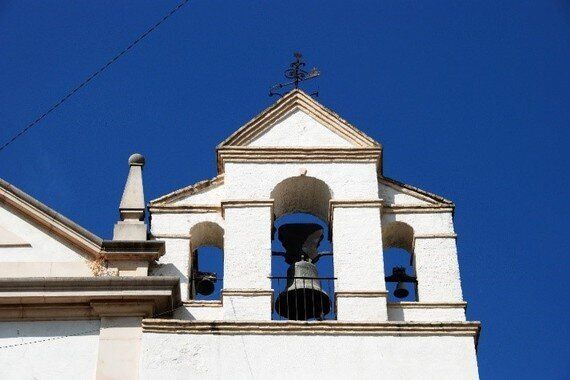
Sit down at a restaurant table in Córdoba to a bowl of cut limes and a cerveza followed by a distinctly Spanish meal. But you can still get the most Mexican of experiences (and dishes). Córdoba is also famous for its coffee.
Culture Vulture
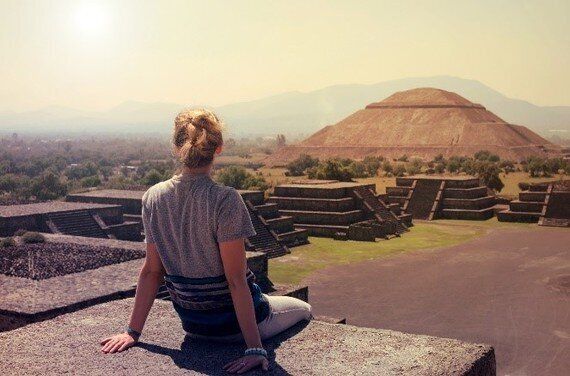
This holy city is an awe-inspiring display of the technological prowess of its ancient inhabitants. All thanks to its main attraction - the Teotihuacán complex of imposing pyramids laid out on detailed and fascinating geometric and symbolic principles.

Though often a launch pad for the nearby mighty mountains of Sierra Madre Oriental, the capital of Hidalgo state has more than enough going for it to entice you to stay. The town centre of brightly-coloured, oddly-arranged houses rises and falls over steep hills, from the top of which you get a great panorama.
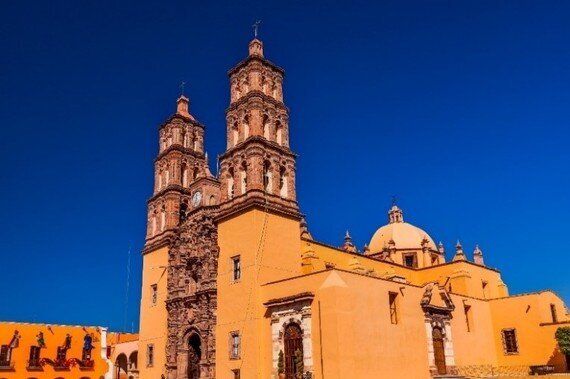
Hugely culturally important, this unassuming, small town was the birthplace of the Mexican independence movement. Miguel Hidalgo, a Roman Catholic priest ordered the church bells to be rung, marking the end of 300 years of Spanish rule in Mexico.
History Buff

Instantly recognizable as the home of the eponymous spirit, Tequila is a firm tourist favourite for that reason. Museums are dedicated to its tradition of distilling the blue agave plant, which has been produced since the 16th century, and tours of distilleries are very popular.
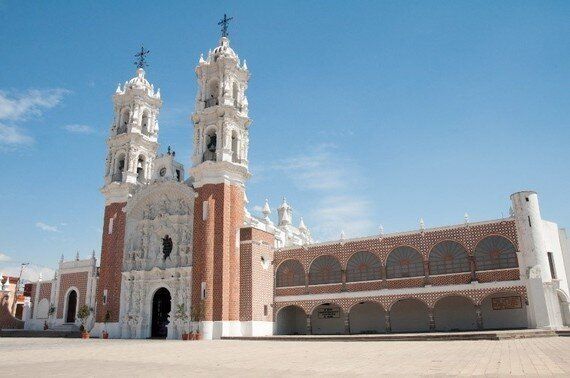
The city of Tlaxcala has a very visible colonial history, marked by monuments such as the elaborate baroque Basilica of Our Lady of Ocotlán. On Constitution Square, you can admire murals that depict local history. And if you're interested in Mexican artist and feminist icon, Frida Kahlo, the Art Museum of Tlaxcala houses some of her early paintings.
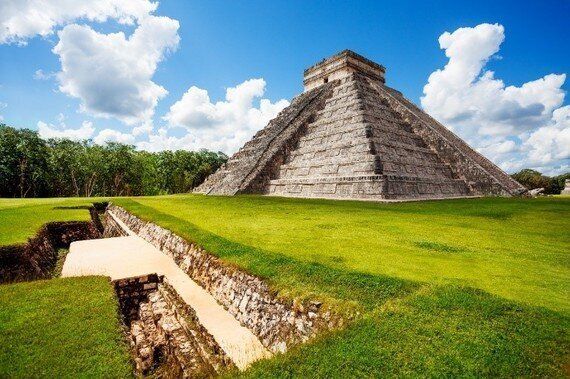
A mind-blowingly sophisticated complex built by the ancient Mayans, Chichén Itzá is a well-known historical site. And as one of the most visited in Mexico, you'd be best advised to go earlier in the day to really enjoy the intricate stone carvings and vast pyramids. The Mayans' astronomical knowledge is astonishing; they were so advanced that they could predict solar eclipses. And at the vernal and autumnal equinoxes, the morning and afternoon sun casts a light-and-shadow illusion of a serpent on the side of one of the staircases.